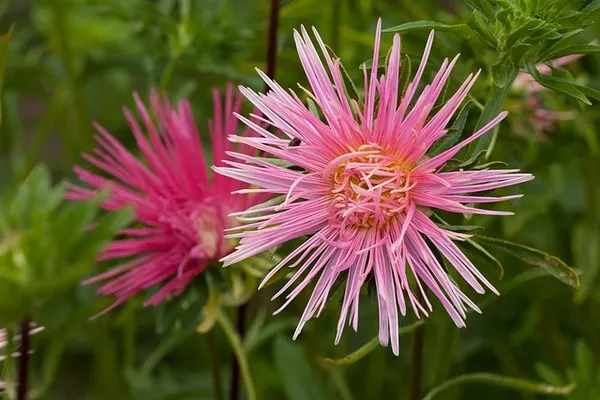Plants are fascinating living organisms that play a crucial role in our environment. They provide us with oxygen, food, and even materials for shelter. But have you ever wondered how plants breathe? Yes, plants do breathe, just like we do, but their way of breathing is quite different from ours. In this article, we will explore the amazing world of plant respiration and discover how plants take in the air they need to survive.
Understanding Plant Respiration
Respiration is the process of exchanging gases with the environment. Just like humans and animals, plants also respire, but their respiration is unique. While we inhale oxygen and exhale carbon dioxide, plants do the opposite. They take in carbon dioxide and release oxygen during a process known as photosynthesis. But plants also need oxygen for their own respiration, and this is where things get interesting.
Plant respiration occurs primarily through small openings called stomata. Stomata are tiny pores found on the surface of leaves, stems, and other plant parts. These openings are like little windows through which plants exchange gases with the atmosphere.
The Role of Stomata
Stomata are essential for plant survival. Through these openings, plants absorb carbon dioxide (CO2) from the air, which is a vital ingredient for photosynthesis. During photosynthesis, plants use sunlight to convert carbon dioxide and water into glucose (a type of sugar) and oxygen. This process provides plants with energy and helps them grow.
However, plants don’t just take in carbon dioxide through stomata; they also release oxygen (O2) into the atmosphere as a byproduct of photosynthesis. This oxygen is the same gas that humans and animals breathe to survive. So, in a way, plants are like nature’s oxygen factories!
Plant Respiration at Night
While photosynthesis is the main way that plants produce oxygen, they also need oxygen for their own respiration, just like we do. Plant respiration is a process that occurs 24/7, but it’s more active at night.
During the day, when there is plenty of sunlight, plants mainly focus on photosynthesis. They take in carbon dioxide and release oxygen, benefiting us and the environment. However, at night, when there is no sunlight, plants switch gears. They start using the stored glucose produced during the day and consume oxygen through respiration to generate energy for their own growth and maintenance.
This means that even in the absence of sunlight, plants continue to release some oxygen into the air, although at a slower rate compared to photosynthesis. So, while we sleep, plants are still helping to keep the air oxygen-rich.
The Role of Roots in Plant Respiration
Stomata are not the only structures involved in plant respiration. Plant roots also play a crucial role. Roots take in oxygen from the soil and transport it to the rest of the plant. The oxygen absorbed by the roots is used in various metabolic processes, such as breaking down glucose for energy and supporting root growth.
Interestingly, if the roots of a plant do not receive enough oxygen due to waterlogged soil, it can lead to a condition called root suffocation. In such cases, the lack of oxygen can harm the plant and even cause it to die. This is why proper soil drainage is essential for the health of plants.
Adaptations for Efficient Respiration
Plants have evolved various adaptations to ensure efficient respiration. One of these adaptations is the ability to open and close their stomata. Stomata are not always wide open; they can adjust their size to control the exchange of gases. When a plant senses that water is scarce or the environment is too dry, it can close its stomata to reduce water loss through transpiration. This helps the plant conserve water but also limits the intake of carbon dioxide. When conditions are favorable, the stomata open wide to facilitate gas exchange.
Another adaptation is the development of specialized roots called pneumatophores in some plants, like mangroves. These roots grow above the water surface and help plants in waterlogged environments access oxygen more effectively.
Conclusion
Plants may not breathe in the same way we do, but they have their own fascinating mechanisms for respiration. Through stomata, roots, and adaptations like adjusting stomatal openings, plants ensure that they can both produce the oxygen we need and use oxygen for their own metabolic processes.
So, the next time you look at a tree or a beautiful flower, remember that these incredible organisms are not only adding beauty to our world but also working tirelessly to keep the air clean and oxygen-rich. Plants truly are the unsung heroes of our planet’s respiration cycle.


